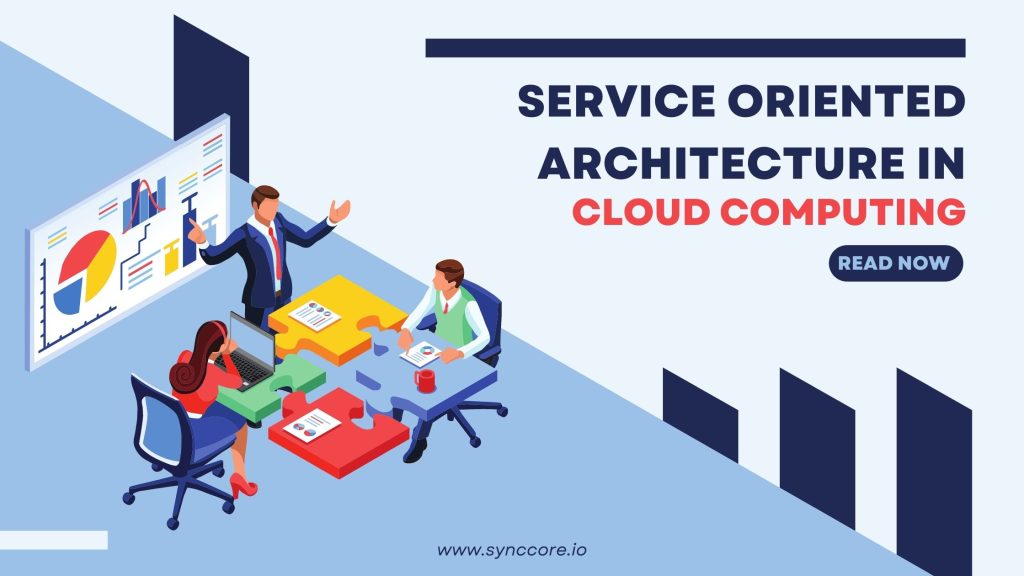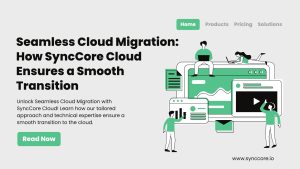Service-Oriented Architecture in Cloud Computing
Multiple service entities can communicate with one another and share information through a single system thanks to the service-oriented approach known as service-oriented architecture. SOA accomplishes this by using a technique known as “loose coupling.”
Services and users become less dependent on one another thanks to loose coupling. Thus, even if the functionality of the service changes at any point, the client applications continue to run without interruption.
One set of many services makes up an SOA. Regardless of the languages or vendors, applications can be created by utilizing the available resources across various platforms.

The main goal of SOA in the cloud is to better match users’ businesses with available resources and information technology. It provides while also enhancing business workflows
- Services for access management
- The simplicity of management and monitoring
- simple data transfer
- Interoperability
- platform-indifferent strategy
- Reliability
- Reusable services and codes
- Impact of a service change
- integrations of systems that are simple
The idea of SOA was first introduced in the late 1990s. Without needing to perform any deep integration each time, the service-oriented infrastructure lays out a path to achieve software element reuse through the use of service interfaces.
Even though its implementation initially requires a sizable investment, SOA offers the company strategic goals with business value while gaining continuous advancement.
Importance of Service-Oriented Architecture in Cloud Computing
How then do SOA and cloud computing relate?
Any enterprise should make the important and useful move to migrate to the cloud. Businesses gain many advantages from SOA integration in the cloud environment, including improved performance, security, quicker deployments, and better monitoring.
The client does not need to be knowledgeable about any of the underlying programming languages used by the service when using the SOA. Its characteristics are not dependent on vendors, products, or technologies.
Although SOA and cloud computing do exist separately and simultaneously, the two technologies work well together.
Although SOA and cloud computing do exist separately and simultaneously, the two technologies work well together.
SaaS (software-as-a-service) can be more easily deployed in a cloud platform thanks to service-oriented architecture, and the cloud platform also provides the necessary processing power and other resources.
Your organization’s ability to collaborate both internally and with IT is facilitated by the integration of SOA and the cloud.
Through its platform services for storage and other platforms, cloud technology lays a solid foundation for SOA.
Businesses can reuse the services that have already been designed with SOA in their cloud computing, which reduces costs and improves the usability of software inventory.
The extensive testing process is automatically avoided by the reusability of existing services.
Each component of SOA functions as a largely independent entity. Therefore, SOA offers strong and direct interfaces and architectures for a reliable cloud computing platform when you extend the cloud resources to it.
The resources needed to quickly put together any new application are readily available to developers. This enables the business to quickly adapt to any technological or commercial changes.
The transmission of data and information is successfully processed by the SOA interface, and perfect coordination is maintained between various applications and service activities. Businesses become more adaptable in their run-time reactions to any changes, with less complexity and expense.
Read More:



